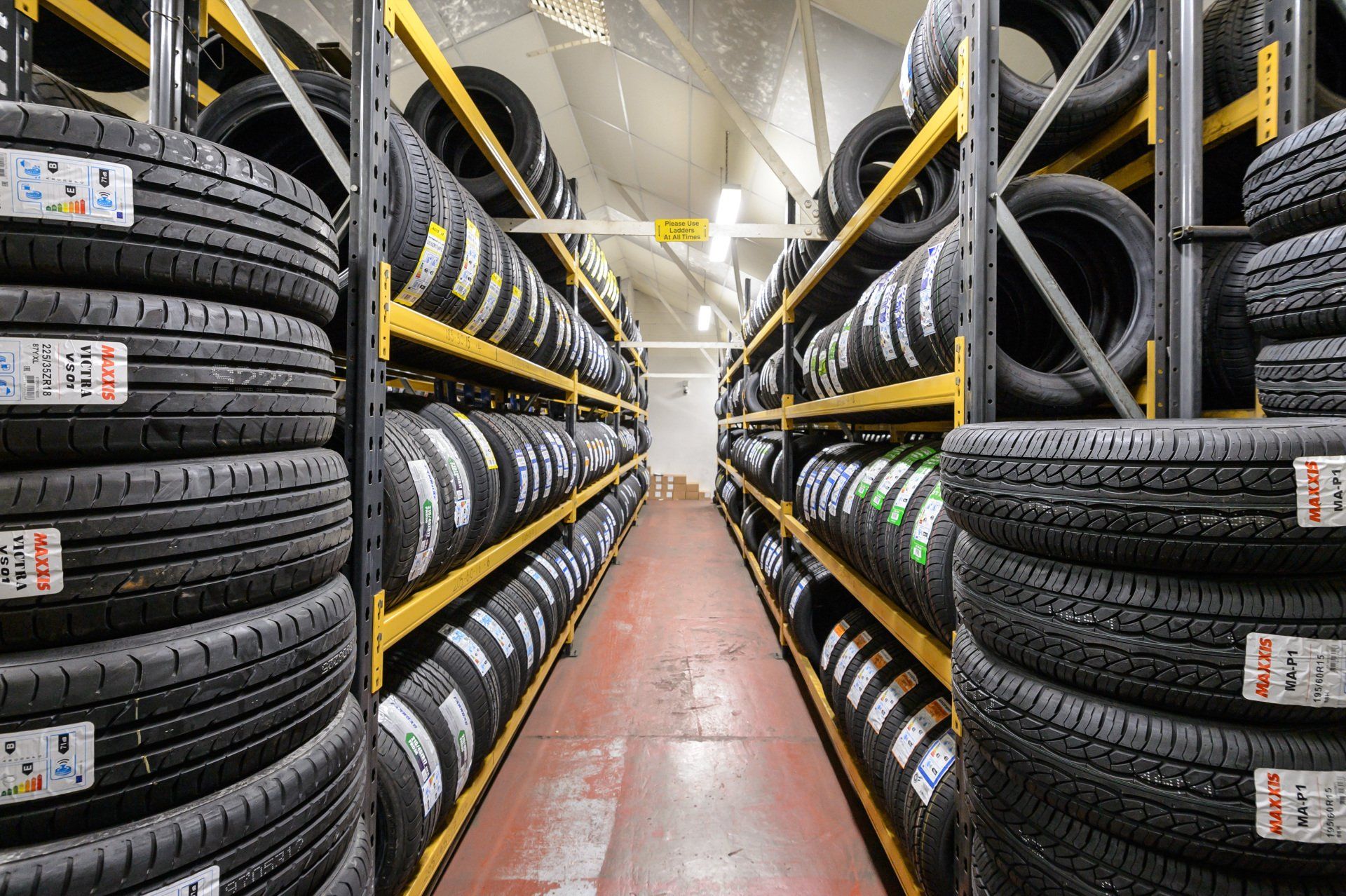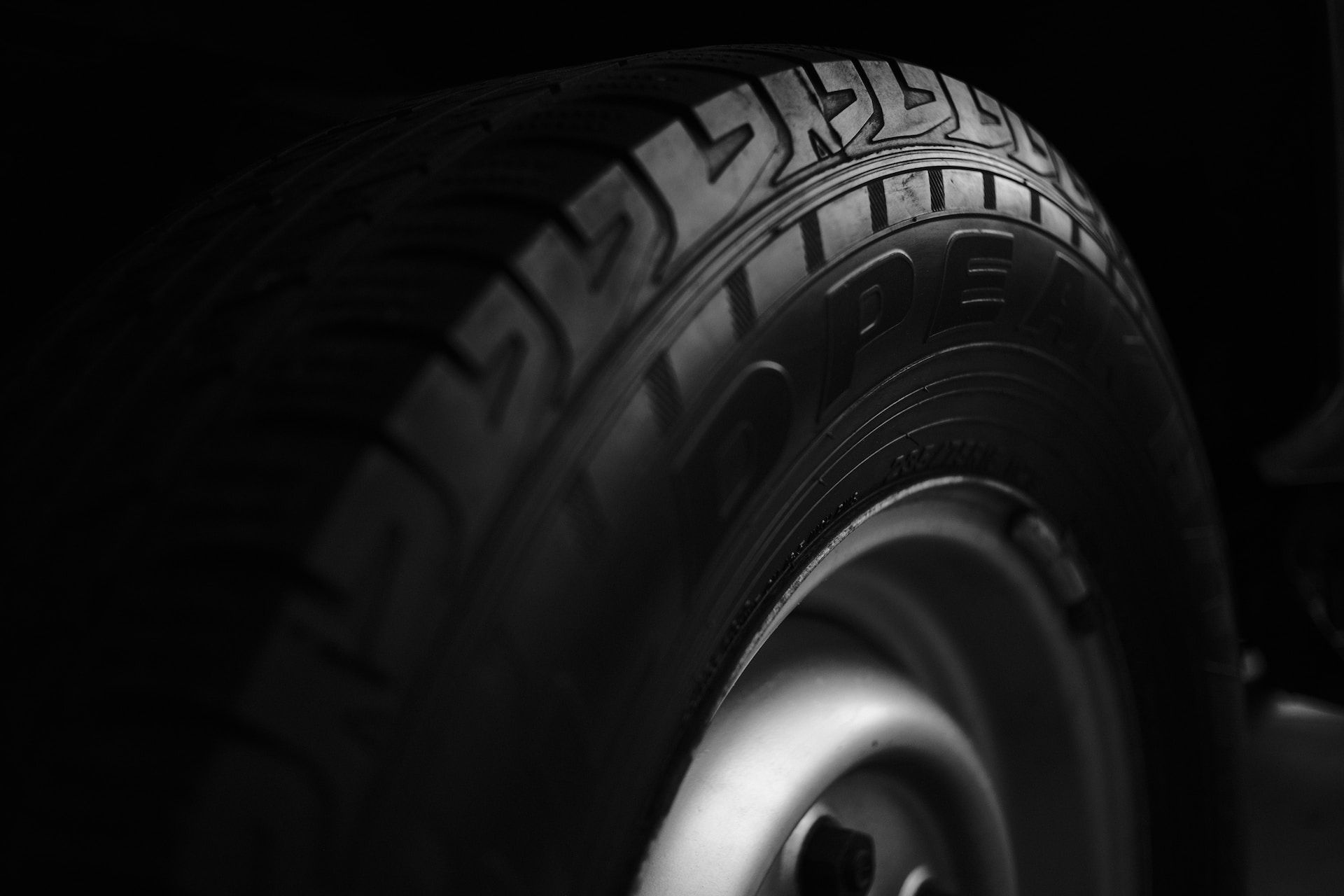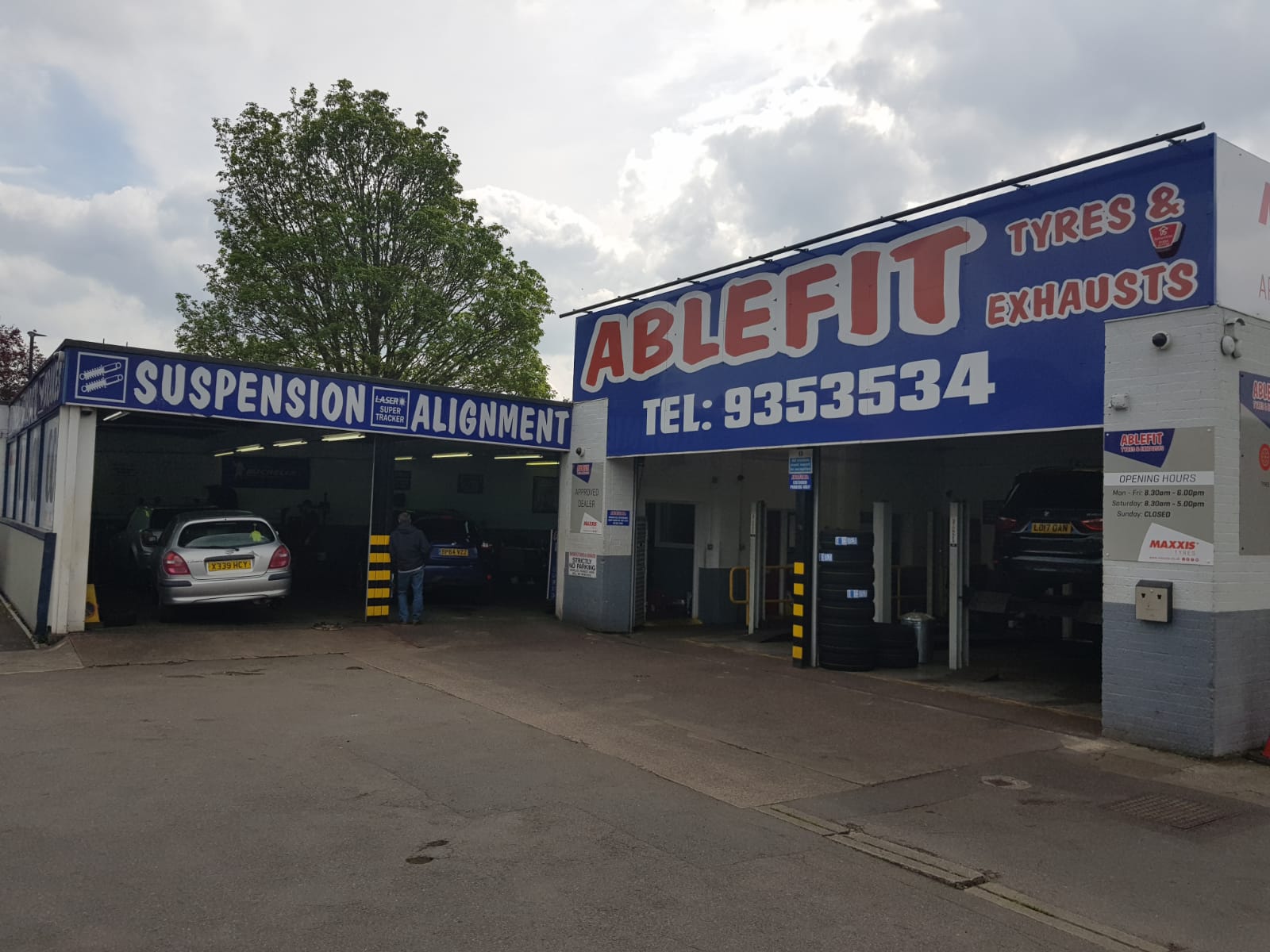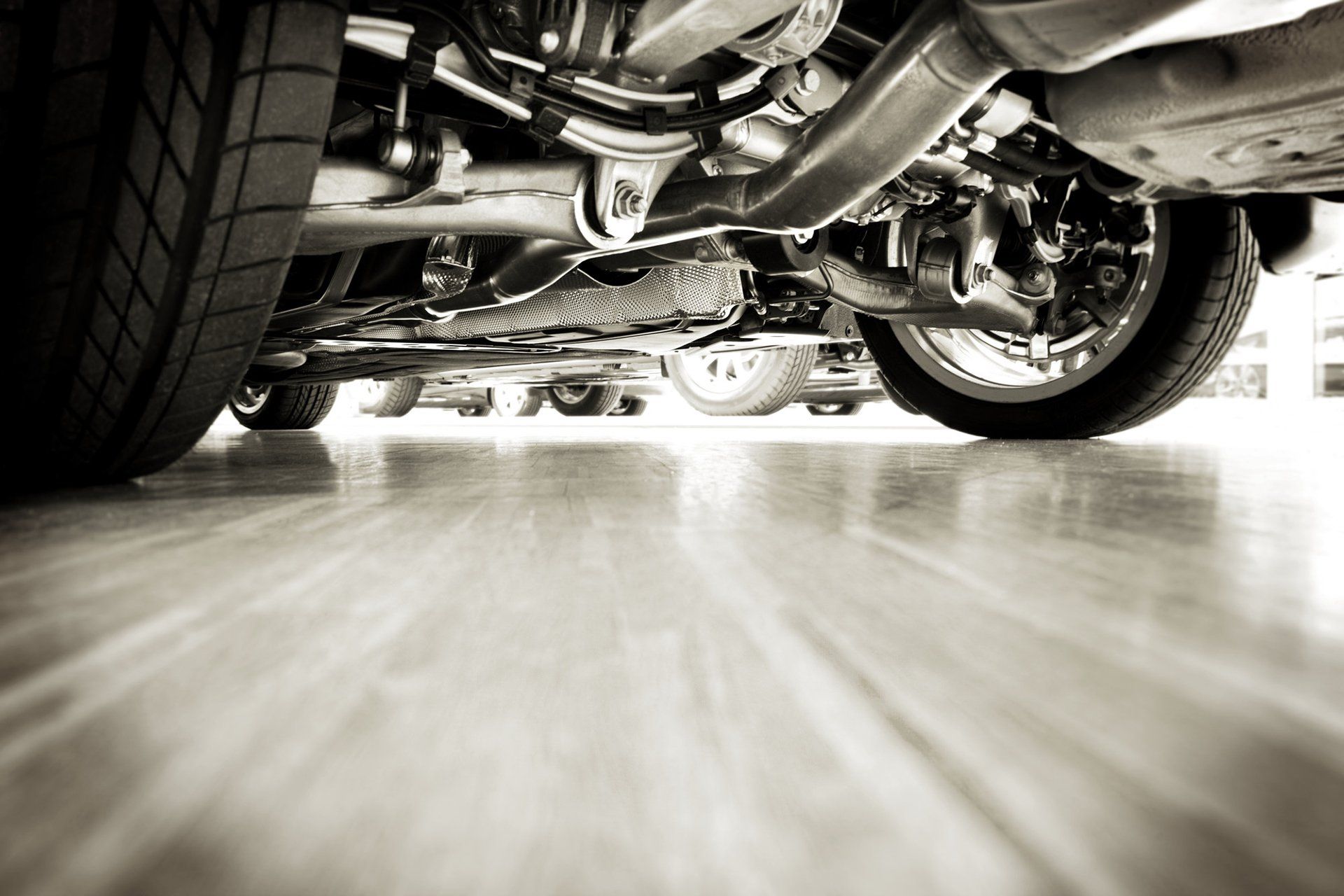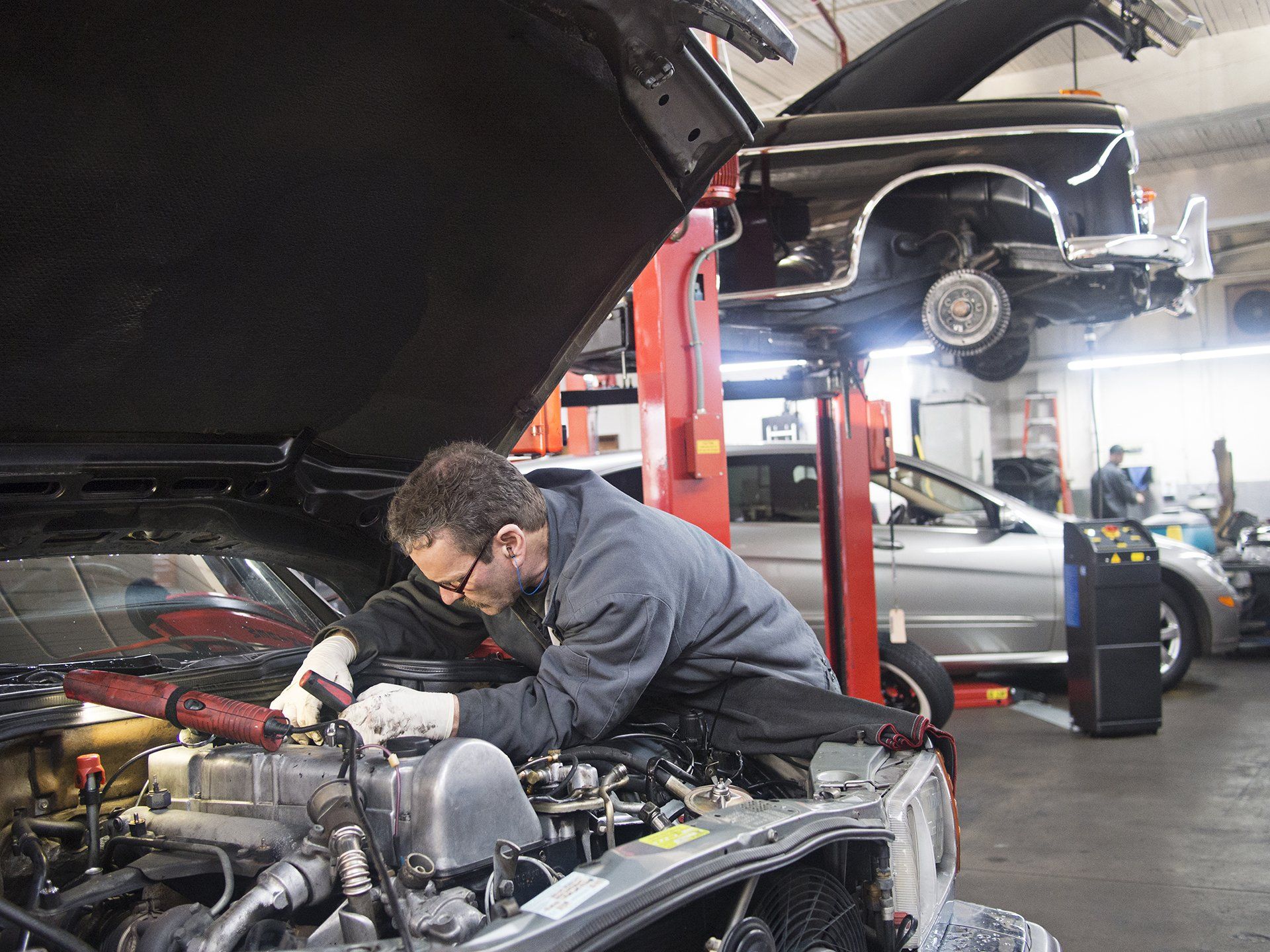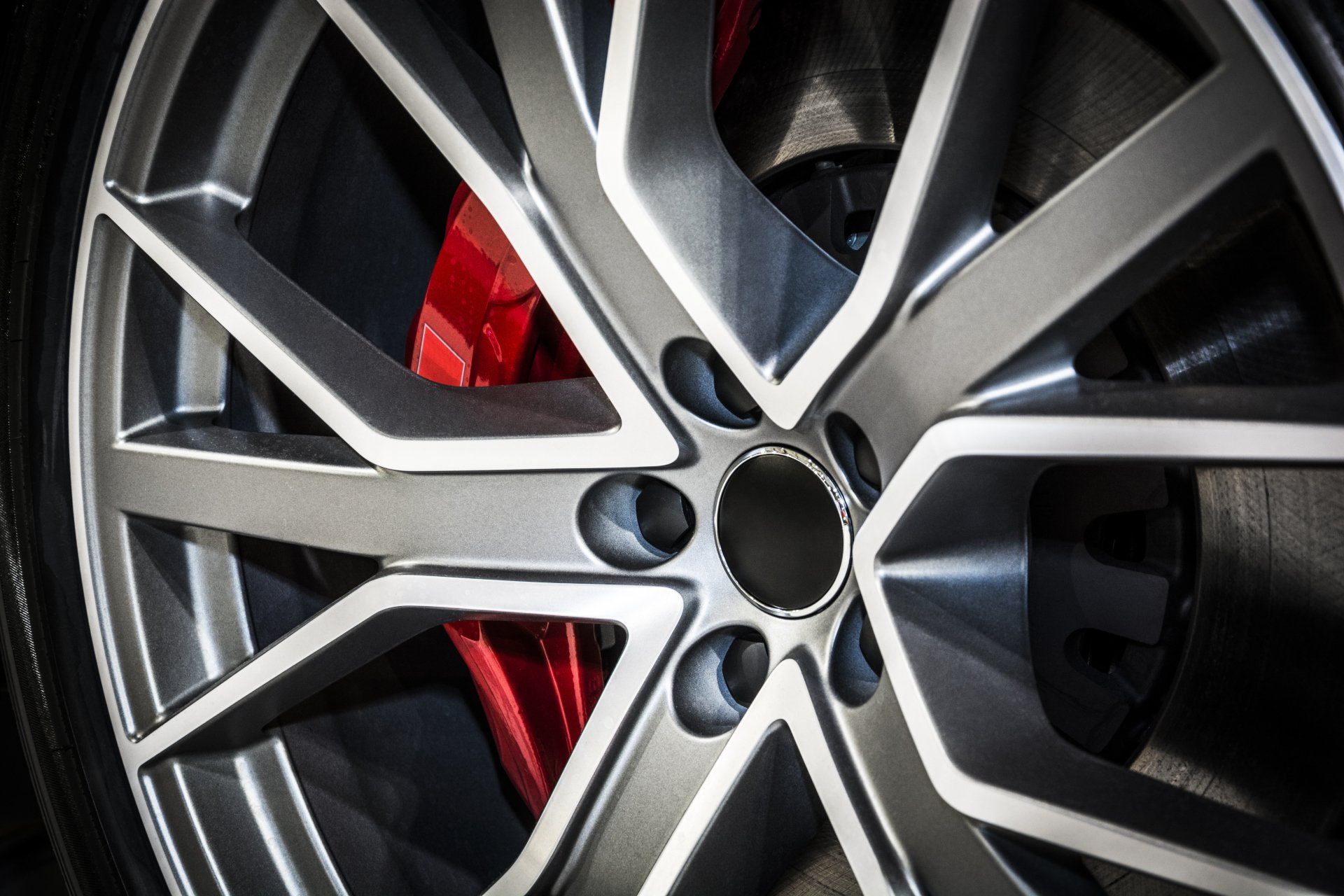How will I know when my tyre pressure is low?
And what should you do about it?
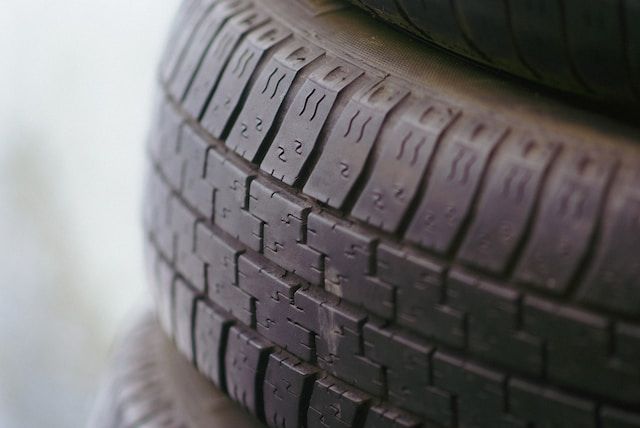
We all know the threat of a flat tyre - but do you know the problems that low tyre pressure can cause? Without enough air in your tyres, your driving will be compromised. They’re the only part of your car that makes contact with the road - so they are crucial to how you drive. It’s a matter of safety and legality - but it is also a costly choice when it comes to fuel. You run the risk of provoking a flat tyre or blow-out and suffering compromised handling, poor fuel economy, and other issues. This simple and easily fixable problem can lead to a cascade of problems, that could prompt costly work.
We all know that you need 1.6mm of usable tread of your tyres for them to be road-worthy - but a scary number of motorists wait until their MOT to check their tyre pressures. If your tread is worn below 1.6mm, you will face an MOT fail - and could also face a hefty fine for driving with illegal tyres. They need checking a lot more frequently than this to remain roadworthy, efficient, cost-saving, and safe.
Are you wondering “how do I find my tyre pressure?” If so, read on. In this short guide, we’ll explain when to check tyre pressure, how to check pressure in tyres, and what to do if low tyre pressure issues persist.
When to check low tyre pressure
Tyre pressure is an aspect of motoring that cannot wait until your annual MOT. You should check your tyre pressure about once a month, especially before undertaking long journeys. Most service stations, petrol stations and garages have air machines which will register your pressure. Tyre pressure is measured using two systems - bar (metric), and pounds per square inch or PSI (imperial). If you need to convert from one system to the other, 1 Bar = 14.5 PSI.
How to find my tyre pressure
But how do you find it? Many more modern cars have a low tyre pressure symbol, which is an alert which will appear on the dashboard when the car registers a tyre pressure issue. It’s important to optimally inflate your tyres - neither over-inflating nor under-inflating appropriately. If you look inside your vehicle handbook (and on some cars inside the fuel cap), you will often find the tyre pressure number here. Be aware that your ideal tyre pressure will fluctuate depending on whether you are a sole driver or driving with a car full of passengers and luggage.
How to check my tyre pressure
Make sure you’re using a pressure gauge that uses the right unit of measurement. It must be the same units as your car guidelines give.
- Then remove the valve dust caps from your tyre valves.
- Place the pressure gauge onto the tyre valve.
- Gently but firmly press the gauge onto the tyre valve. This will give you your reading.
- Determine whether you need to inflate or deflate to match your optimal tyre inflation figure.
- If they need inflating, use a suitable pump. Add small amounts of air at a time to ensure you don’t over-inflate.
- If you need to deflate them, press the tip of a flat-head screwdriver on the tyre valve’s metal pin, releasing air.
- Make sure to check regularly.
(If you’re in a service station at an air pump, the last three points will be done in one - simply set the PSI before you begin, then press the gauge to the tyre valve and the system will inflate or deflate automatically to your required figure.)
Risks of low tyre pressure
An underinflated tyre means that your tyres are not going to drive efficiently. Underinflation will cause premature wearing at the outer edges of the tyres, and will also impact your handling, making steering less accurate. Aqua-planing also becomes much more of a risk with low-pressure tyres. Your tyres will have less capacity to grip the road’s surface, which is a recipe for skidding and accidents.
Collision and handling aren’t the only perils an underinflated tyre will throw your way. Your tyres will degenerate faster when not optimally inflated, and your braking distance will stretch, which could add dangerous metres to your emergency stop distance in life-threatening situations. You’re also more at risk of a sudden puncture.
What to do if low pressure issues persist
If your dashboard keeps alerting you to pressure issues, or if you are finding you need to pump up your tyres every month or so when you check them, you may have a tyre pressure issue - for example, a slow puncture. Alternatively, the sensor could be damaged, or have a battery that needs to be replaced. The system will need to be checked over by your mechanic, to work through these issues until you identify the problem.
If you're still not sure how to rectify the situation, and you're nearby, come visit one of our Ablefit garages in Bristol now!

